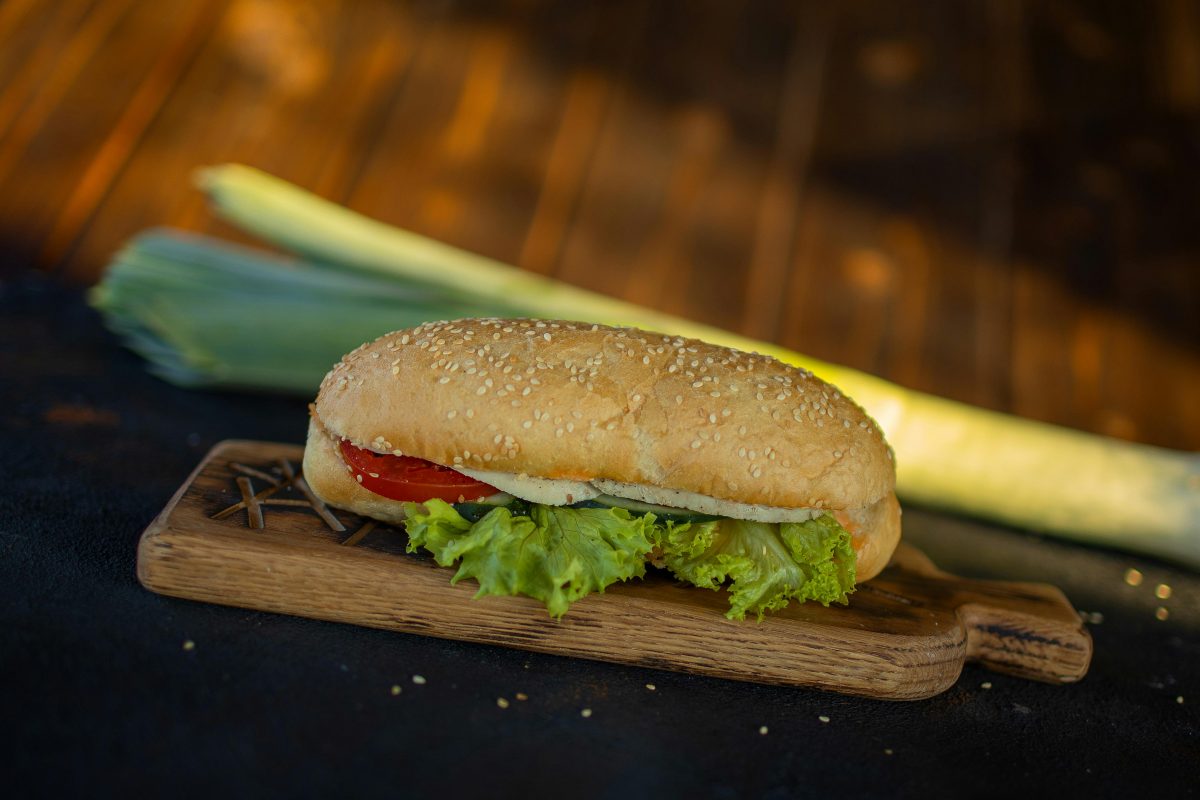Photography backdrops can breathe new life into your pictures, making your shots stand out. Picking the best food photography backgrounds is crucial for food blogs, coffee table book creators, and hospitality business owners. It provides style, adding personality and a professional touch to the images. Capturing the attention of potential customers leads to increased sales for your business.
The array of available surfaces is overwhelming. This blog will solve your problem and suggest the top 5 planes for your camerawork.
5 best food photography backdrops
Paper backdrops-
Paper backdrops are the most popular and versatile background. Portable, easy to use, and accessible in various sizes, these backdrops are a must-have! Food bloggers can use different colors and prints in their mood boards. You can download Food Photography Background in HD. Roll out the paper sheet on the table and start clicking food pictures.
Construction paper or sugar paper is often utilized in food photography these days. It is a heavy, coarse, sandy texture paper resembling cardstock. The bright-colored paper with unfinished texture introduces color in your photo.
Pros of using Paper Background
- Renders an even look
- White is a saturated color and is reflection-free
- It lends a clean, uncluttered appearance to the shot
- Reasonable price
- You can reuse the untorn and spotless paper backgrounds
- Easy to carry
- Easy to roll and store
Cons of using Paper Background
- Can get torn
- Can get wrinkles or creases
- Can get spotted with any spillage
- Can get wet
Fabric backdrops-
Fabric can make a good choice for backdrops. They have varying textures, colors, and patterns to match the photo’s theme. So, it can be a great way to add extra texture and make the picture more interesting. Durability is one of the prime reasons why food photographers adopt fabric. I avoid using fabric for food photography backgrounds because of the hassle of washing.
Pros of using Fabric Background
- Reusable
- Eco-friendly
- Not easy to tear
- Economic
- Adds interest to photos with their texture
Cons of using Fabric Background
- Get stains and need to wash to take off the marks
Slate boards-
Food photographers can create contrast with them. They are a great way to add a rustic look with their unique texture. Their layered construction adds depth to the flat-lay photography setup. Slate backgrounds can be charcoal gray, green, and natural black.
If you are tired of soulless photos, make them Instagram-worthy with slate food photography background. It is apt to create a dark or moody ambiance that looks dramatic. Slate backdrops for food photography ensure that the food remains the focal point that captures the eyes of the viewer. It is ideal for photographing cakes and cookies.
You can use them alone or in combination with wood or other materials.
Pros of using Slate Background
- Add depth to the photo
- Non-reflective surface
- Stain-resistant
- It lends rustic and earthy appearance
Cons of using Slate Background
- Prone to chipping
Wood backdrops-
Wood has always been a top food photography backdrop. This classic surface provides an earthy character to your photo. Tables, benches; you can easily find wood backdrops in your home and nearby furniture shops. You can not go wrong with it for styling any food item. It is your imagination to use other elements in combination. Wood gives a professional yet very rustic look to your picture.
Pros of using Wood Background
- They have a beautiful grainy texture and rustic look
- Gives a formal or professional look
- Anti-reflective surface
- Elegant and natural
Cons of using Wood Background
- Weighty
- Expensive
Vinyl backdrops-
When considering food photography backdrops for reuse, it is paramount to select a durable option.PVC backdrops can be a choice for their cost-effectiveness. Matte vinyl food photography backdrops are a brilliant alternative to paper backgrounds. These have a non-reflective surface and enhanced durability.
Pros of using Vinyl Backdrops
- Easy to roll and store
- Easy to clean with a damp cloth
- Cheap
- Tough to tear
Cons of using Vinyl Backdrops
- The shiny surface doesn’t work well for taking close-up shots.
- The photos appear unprofessional
Beginner-friendly Foam boards
What is the best backdrop material for photography for food photography beginners? The first choice is foam board. They are apt for their restricted budget and easy to work with. It can craft an engaging look in a wide-angle shot from the top.
You can find it in various sizes with a few clicks online! Food bloggers and photography enthusiasts often rely on foam boards to enhance the lighting and create stunning reflections in their food photos. It thus helps to cut shadows and provides brilliant contrast in the picture.
Be extra cautious when cleaning up spills on the delicate foam board to prevent accidental breakage.
To create a unique background, you must try food photography backdrops DIY.
What is the best size for food photography backdrops?
A good backdrop may range from lightweight paper, PVC or vinyl, and foam board to heavy wood to delicate glass with the appropriate size. Food photography does not need a large size. Anywhere close to 3 to 4 feet would fulfill the need.
You can begin your food styling journey by exploring the best food photography backdrops free online.

